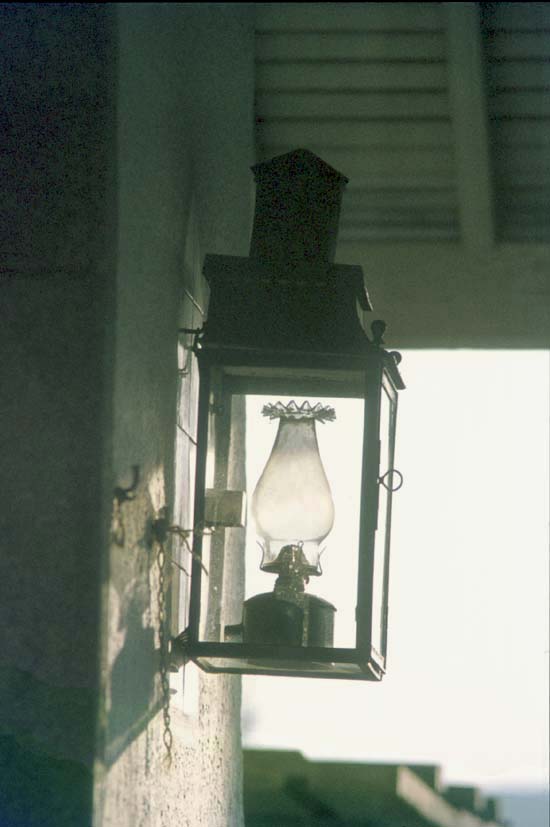Although this section mainly covers the CPs metre gauge lines, the first section of narrow
railway in Portugal was built to 900mm gauge by the Companhia dos Caminhos de Ferro
de Porto à Póvoa de Varzim; which it remained until conversion in March 1930
following the merger in 1927 with the neighbouring CF de Guimarães to form the
CF do Norte de Portugal.
The Porto area lines have disappeared in their original form but the core parts, the
lines to Guimarães & Póvoa have been redeveloped to match modern needs whilst
the rural section from Guimarães to Fafe was the first narrow gauge closure casualty in
the mid 1980s along with the Dão line. This was followed by the Póvoa to Famalicão
line in 1995. In the more rural areas however the narrow gauge lines were largely built to provide
public transport at a lower capital cost and their economic sustainability was even more
marginal. Here generally speaking the first built lines have survived far better than
the later additions. The last section of narrow gauge to be opened was the Tamega line
extension from Celorico de Basto to Arco de Baúlhe in 1949 and this line north of Amarante along
with the whole of the Sabor line, that was not opened throughout until 1938, were among the second batch of
casualties at the end of the 1980s; along with the Corgo line north of Vila Real and the Vouga line
between Sernada do Vouga & Viseu. Less than two years later the Tua line's later
built extension from Mirandela to Bragança was also closed. Another stage was reached
in the lingering death of the narrow gauge lines when services on the Tua line were
drastically cut back to the section south from Mirandela as far as Cachão in late 2008 and the
suspension of services on the remaining sections of the Corgo & Tamega lines from 29th March 2009.
The mines at São Domingos are the subject of the one gallery, albeit a very small one, that is not CP related,
this being a former industrial concern in the south east part of the country.
Some of the lines covered in this section now have alternative Portuguese translations and these are indicated by
the presence of a Portuguese flag below the headings. Clicking on the flag reloads the page with Portuguese text.
Our thanks go to Jaime Amaro and Nuno Miguel Nunes of AMF for this translation work. Additional thanks are now
due to João Braga for the continuation of this work.

An oil lamp on the wall of an unrecorded country station.
Photo Tony Bowles
Much of the information regarding the metre gauge lines & rolling stock came from ‘Narrow Gauge Railways of Portugal’ by W J K Davies published by Plateway Press ISBN 1 871980 35 6. with additional information obtained from various issues of the Continental Railway Journal & World Steam.

